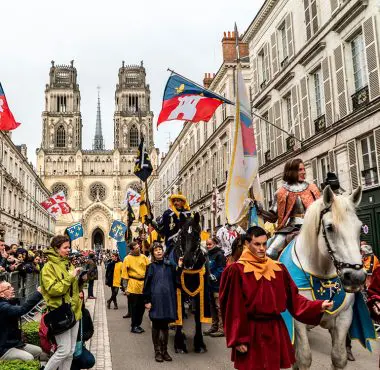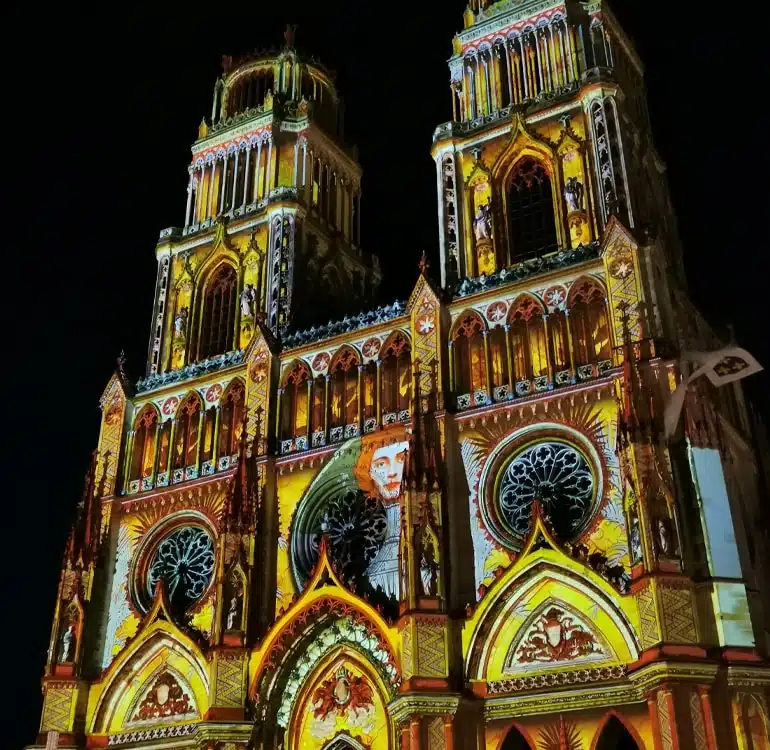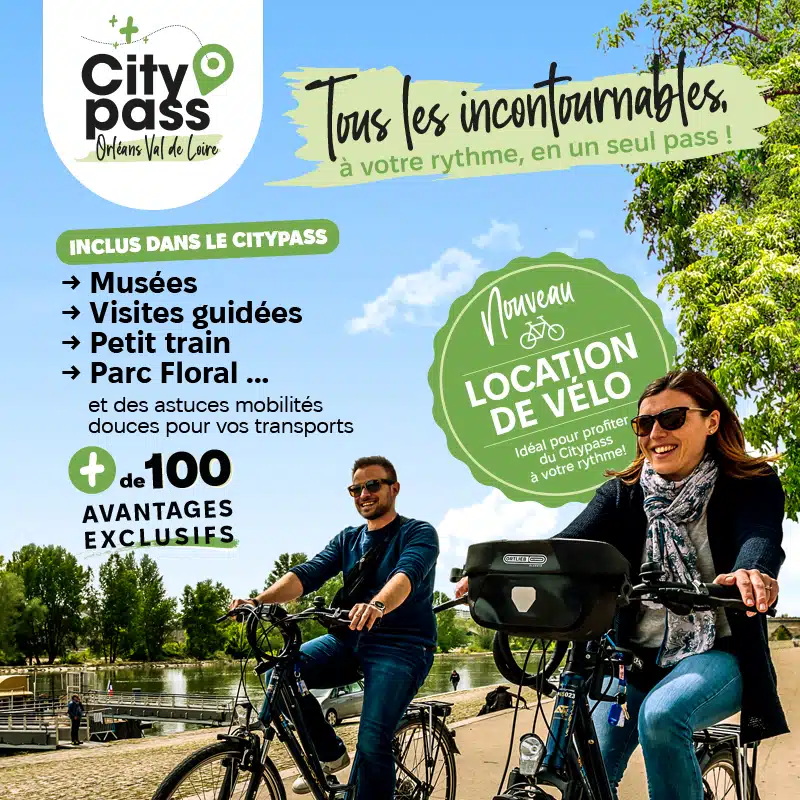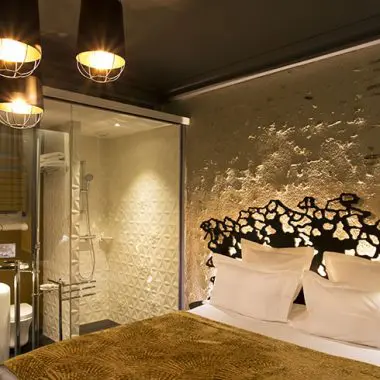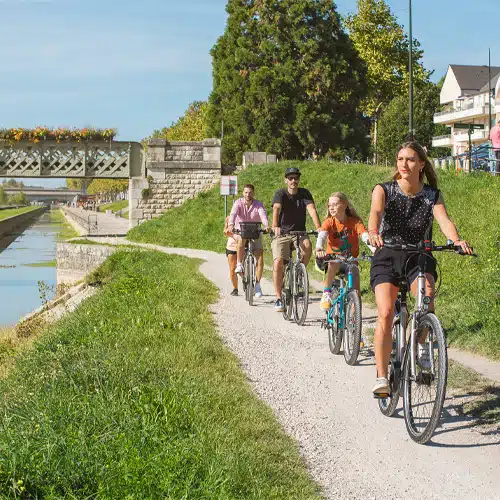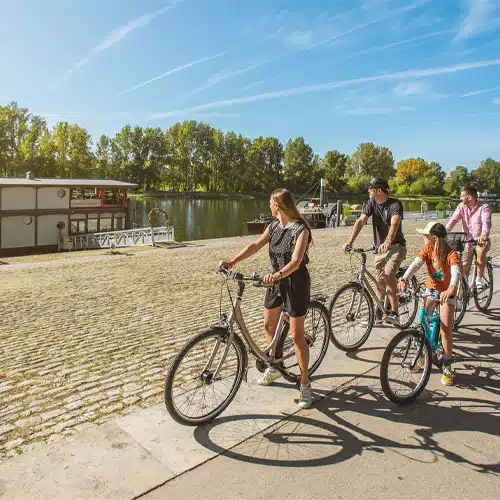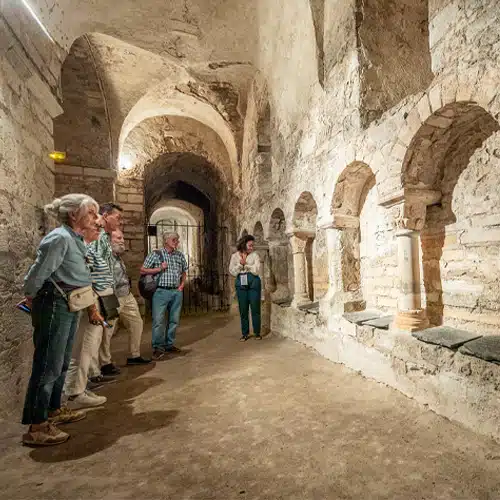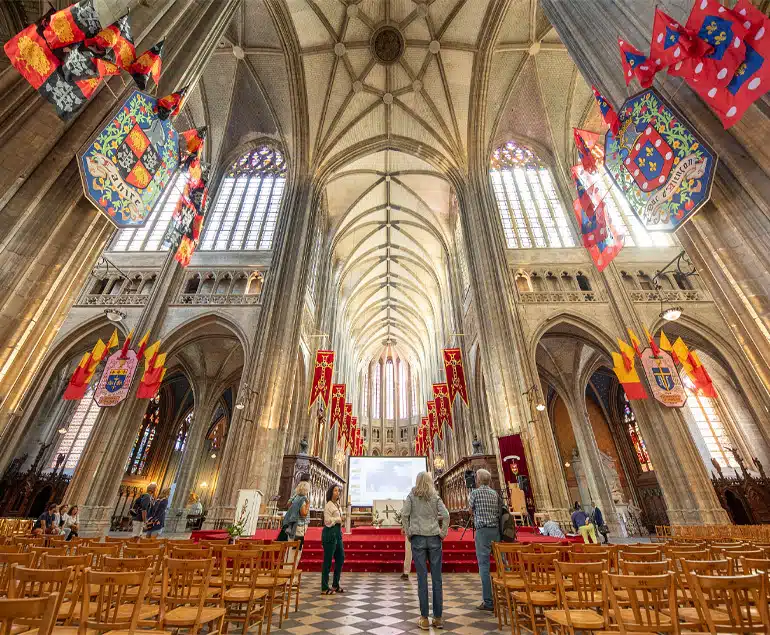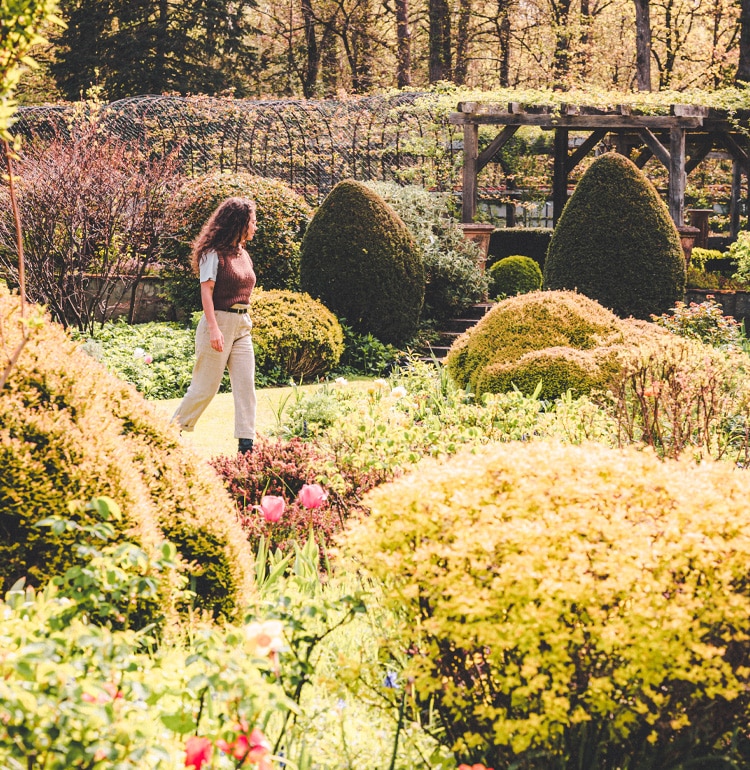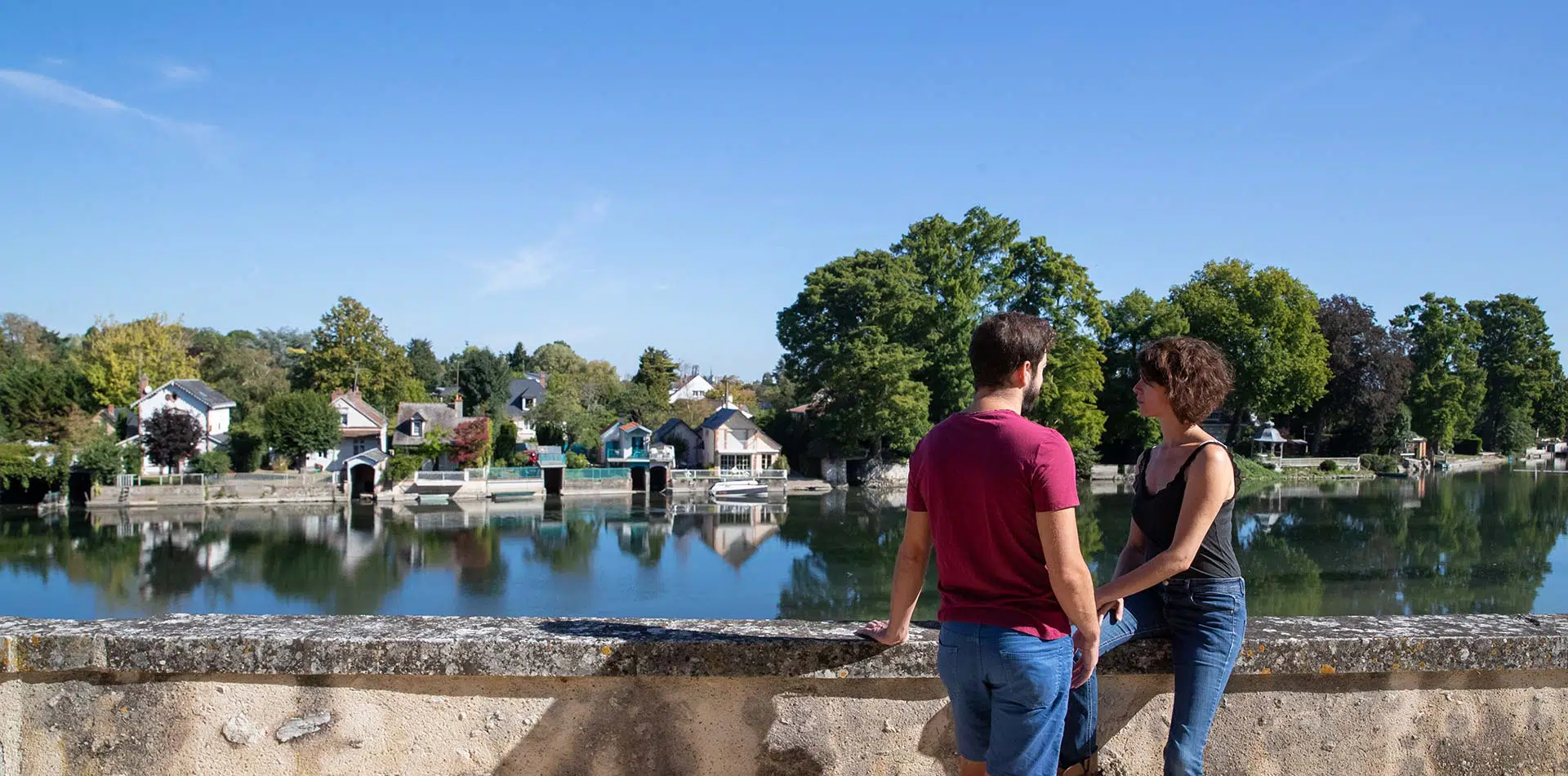THE 22 TOWNS AND VILLAGES OF ORLéANS MéTROPOLE
Orleans is at the centre of a metropolitan area known as Orléans Métropole, which includes 21 surrounding towns and villages.
Below is an overview of little pockets of nature throughout Orléans Métropole!
South of Orleans
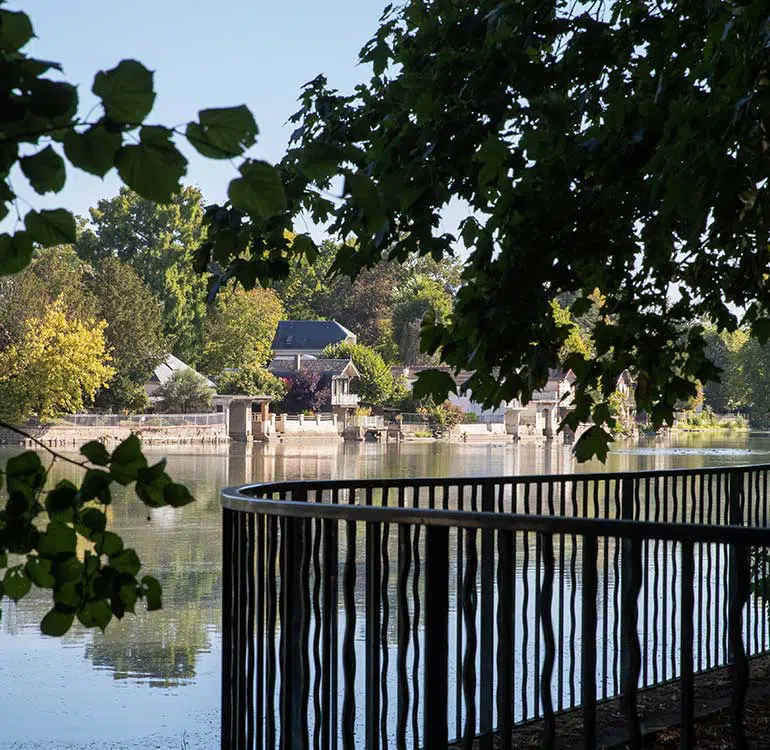
Olivet
Olivet is known for its foot and cycle paths along the banks of the Loiret. Sights include mills as well as stunning riverside houses and their impressive private boathouses.
If you visit Orléans Métropole in early July, don’t miss Les Moulins à Paroles, an open-air spoken word festival on the banks of the river. Storytelling, performances, talks and concerts are all on the bill.
Saint-Cyr-en-Val
Saint-Cyr-en-Val is a haven of heritage in a natural setting boasting seven châteaux including Morchêne house and grounds. The stately home’s 160-acre park is open to visitors and has a pond, hundred-year-old trees, footpaths through the woods, rambling trails and more, all best explored in summer when the region of Sologne bursts into fragrance.
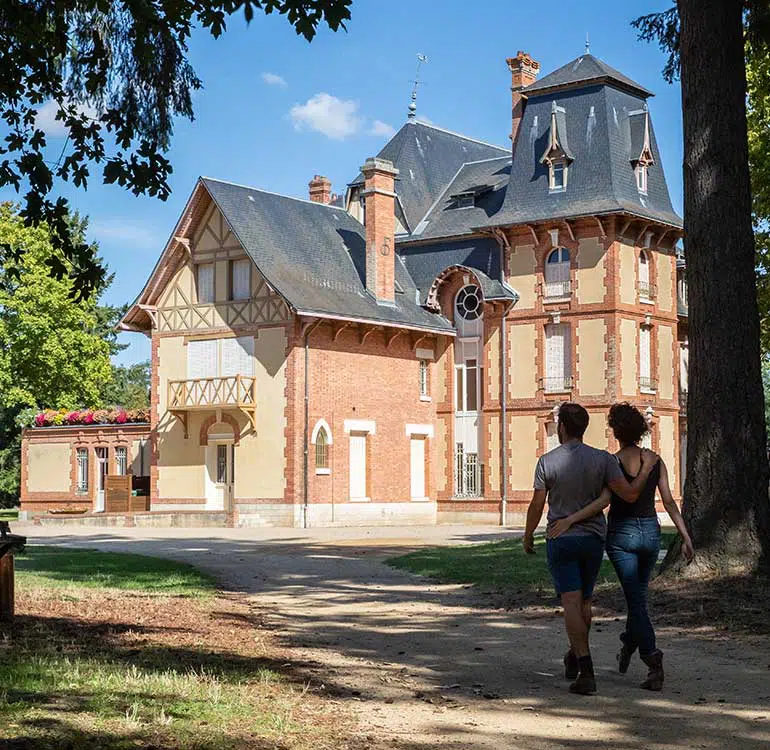
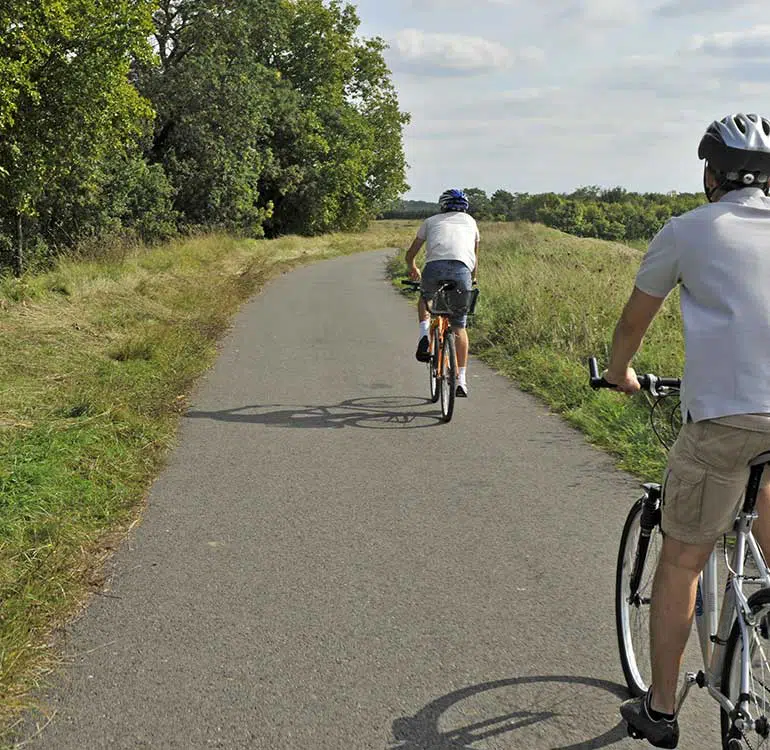
Saint-Denis-en-Val
Saint-Denis-en-Val is the ideal place to set off to explore the Loire in a canoe. Whether with family or friends, start from Saint-Denis-en-Val and paddle 10 km downriver as the current carries you under Orleans’ bridges.
Saint-Jean-le-Blanc
Saint-Jean-le-Blanc is where you’ll find the Île Charlemagne adventure park located on the banks of the Loire. A great way to relax and unwind with the family, enjoying the beach and the cool water. The site offers a long list of sports and activities!
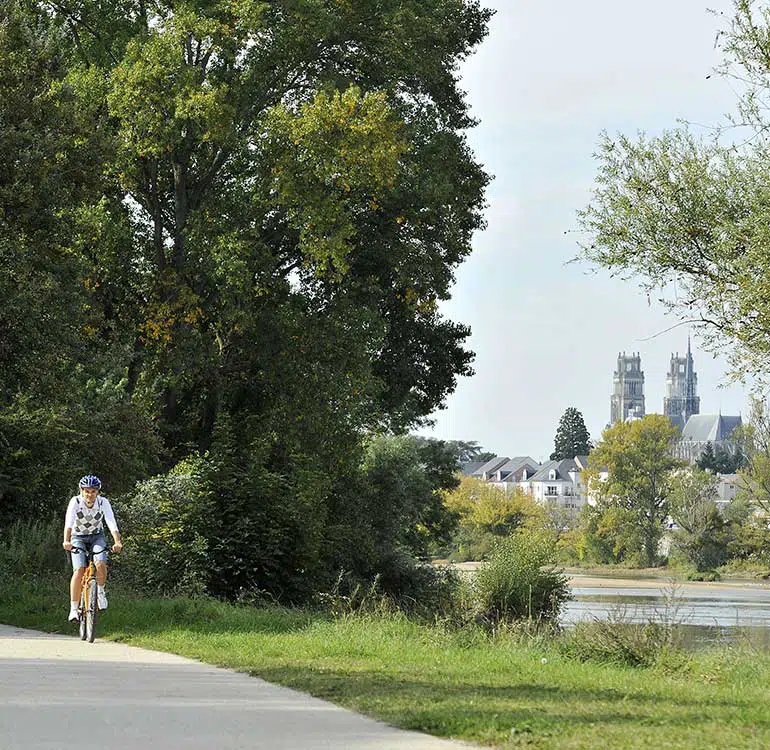
East of Orleans
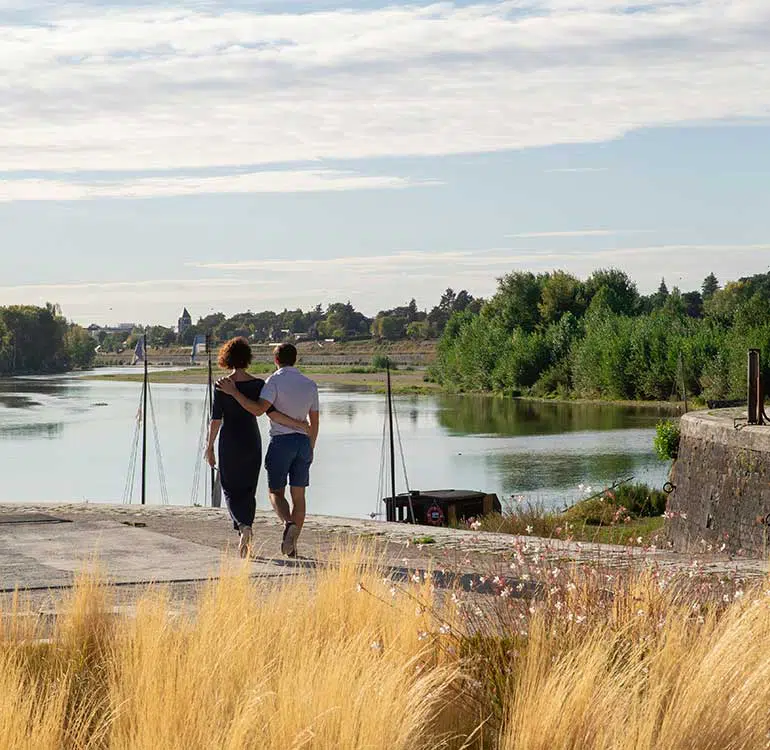
Combleux
A weekend city break in Orleans gives you time to squeeze in a visit to Combleux, a charming former sailors’ village. It’s less than a half-hour bike ride from Orleans if you take one of the ‘Loire à Vélo’ cycle paths. Sights include the canal, locks and gabares, traditional flat-bottomed boats typical of the Loire. Book a river cruise before you go by contacting either A.N.C.O. or Escapades Ligériennes.
Chécy
Nestled between the Loire River, the canal and Orleans Forest and just moments from Orleans city centre, the quaint old market town of Chécy is bursting with charm. Things to see and do include the barrel-making museum, a boat ride along Orleans canal and canoeing or kayaking with hire company Destination H2o.
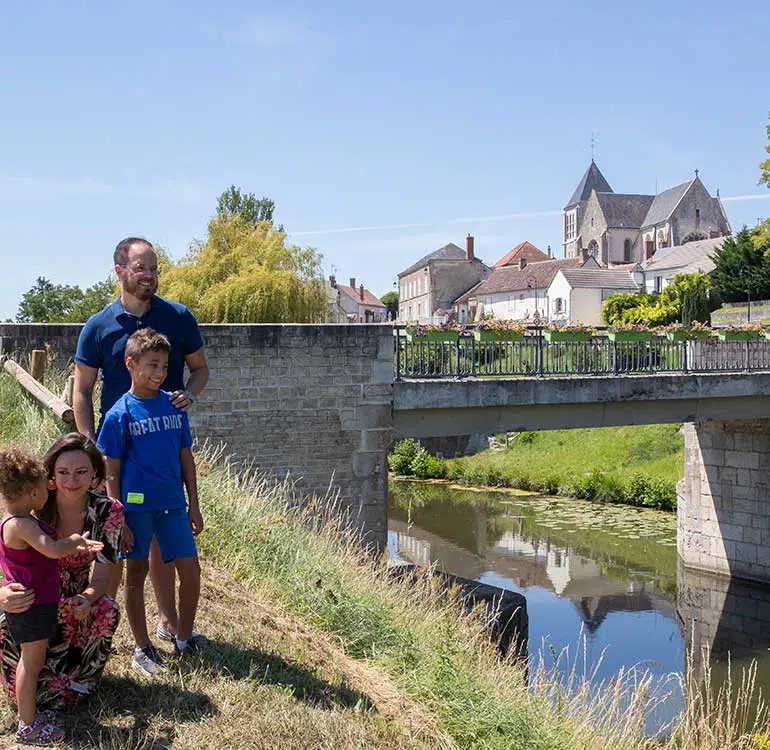
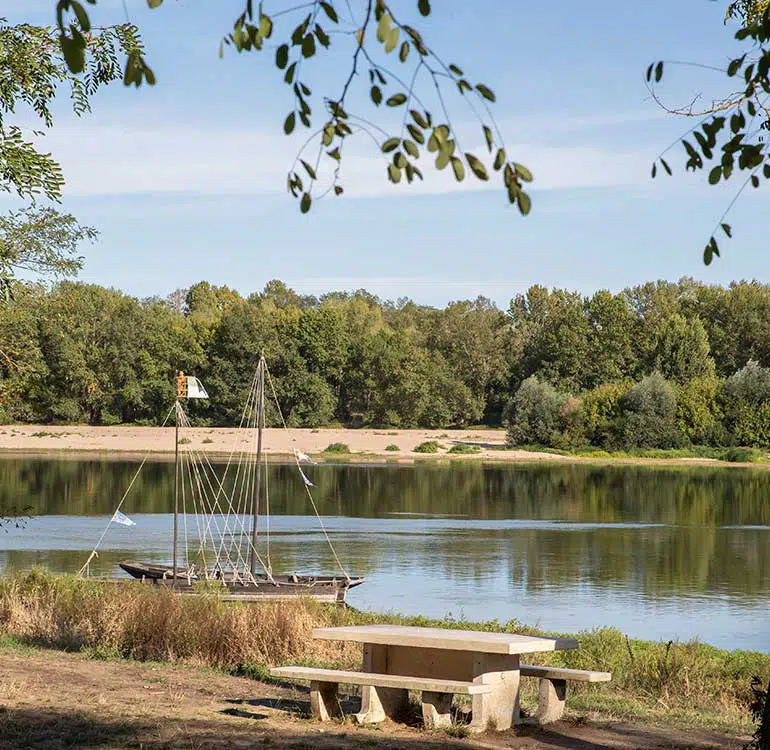
Bou
The village of Bou is encircled by the royal river. Enjoy beautiful bike rides there along the levees. The Maison de la Distillation also makes for a fascinating visit. One of Bou’s most important landmarks and a testament to the village’s history, the cooperative distillery, established in 1920 and closed in 1980, was converted into a distillation museum in 2008.
Mardié
Mardié is another village situated between the Loire river and Orleans canal. It can be best described as the ‘green lung’ of Orléans Métropole.
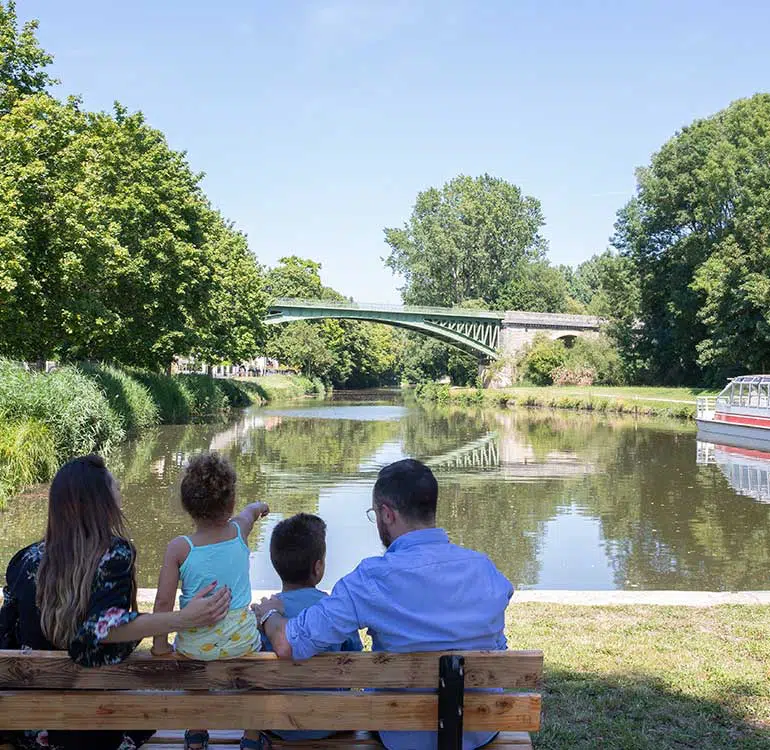
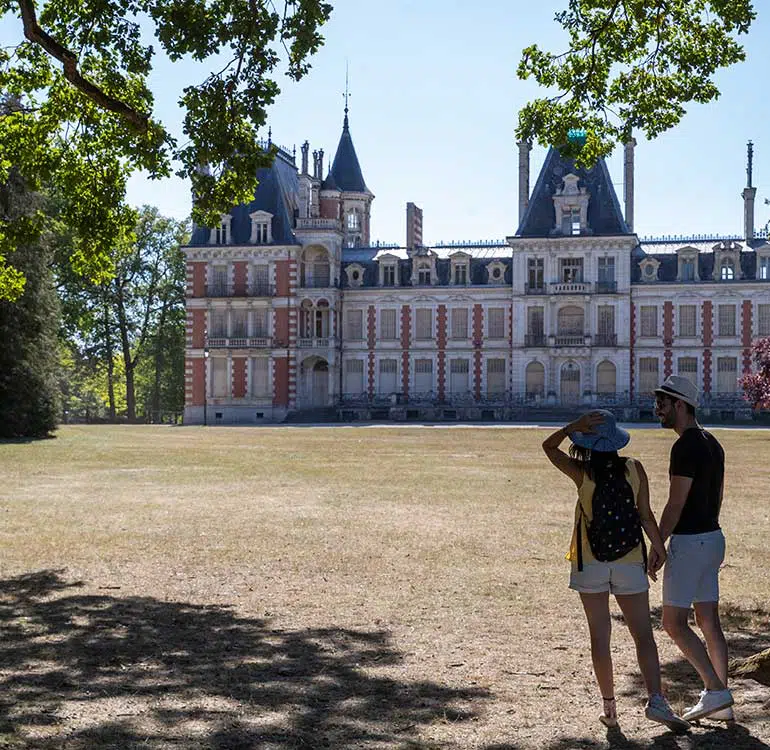
Saint-Jean-de-Braye
Visitors head to Saint-Jean-de-Braye for a stroll along the banks of the Loire or around Domaine de la Charbonnière. Set right in the heart of Orleans Forest, this estate has been developed for walking and has all the natural features of a forest ecosystem. A delightful place to get some fresh air with the family.
Boigny-sur-Bionne
Boigny-sur-Bionne is nestled between Orleans Forest and the Loire (the Bionne in the village name is one of the river’s tributaries). Sights around the village include its dovecote, a building dating from the late 17th century attached to Château de la Commanderie.
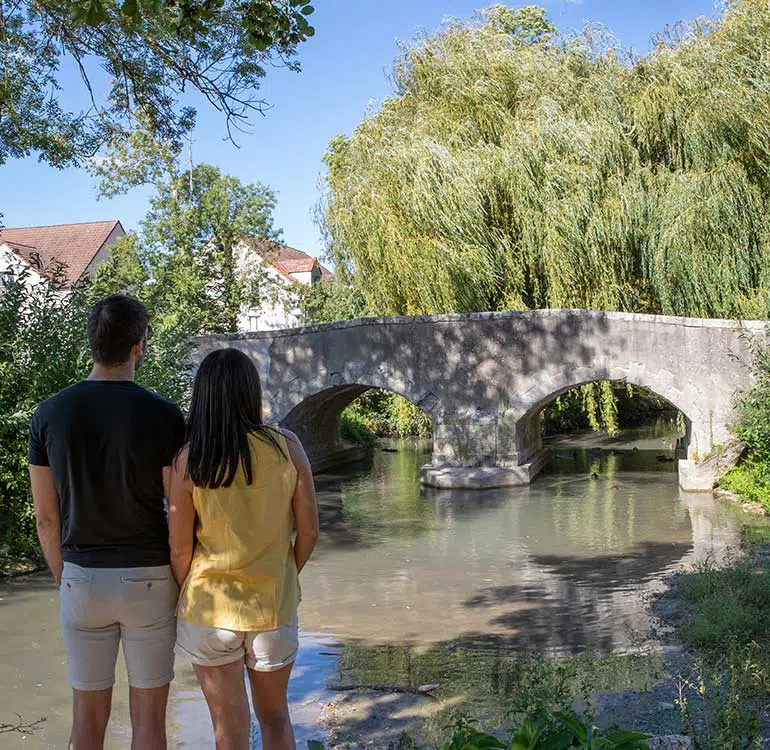
North of Orleans
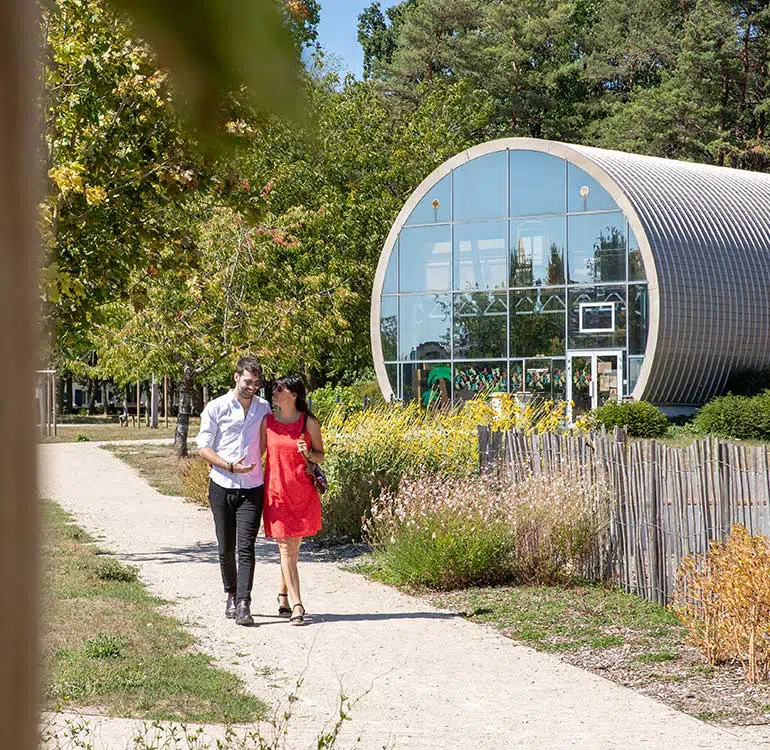
Semoy
Semoy is your gateway to Orleans Forest. Bring the family to go climbing at Parc de la Valinière with its 5-metre-high artificial rock fitted with 600 climbing holds. Also head to La Valinière for a walk along the Les Chateliers greenway.
Marigny-les-Usages
Marigny-les-Usages is on the fringes of Orleans Forest too. A place where traditions are still alive and well! Every 13 July, Marigny holds a street party on the main square. Come with friends, family or a special someone and experience village life at this fun annual event.
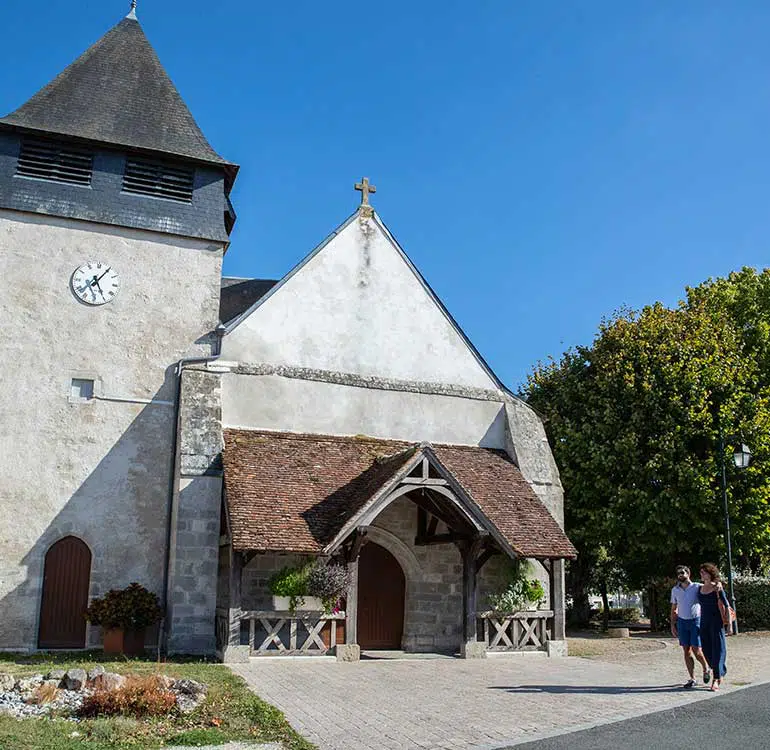
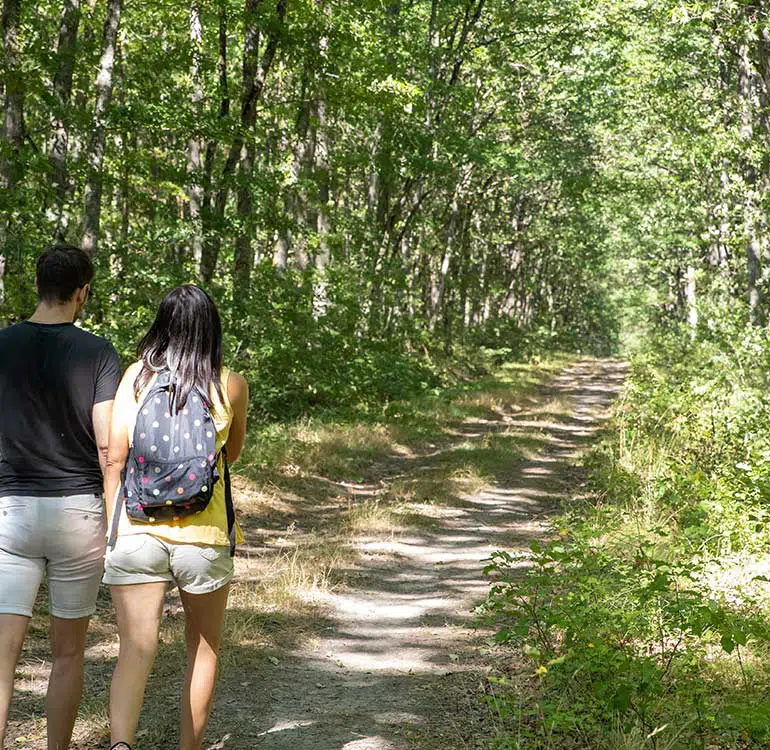
Chanteau
Chanteau is another village on the edge of Orleans Forest that makes for a lovely day trip. The location makes it an obvious starting point for walking in the surrounding woodlands. Its canopied paths offer the perfect respite from the sun on hot summer days.
Fleury-les-Aubrais
Fleury-les-Aubrais is the region’s street art city! If you’re a street art fan and prefer to walk around looking up rather than down, then the Intramuros project is probably just your kind of thing. The concept consists of an art trail of 10 murals dotted around the town, accessible to everyone, seven days a week. Larger-than-life artwork painted in the street by graffiti artists who flock to Fleury from all over the world.

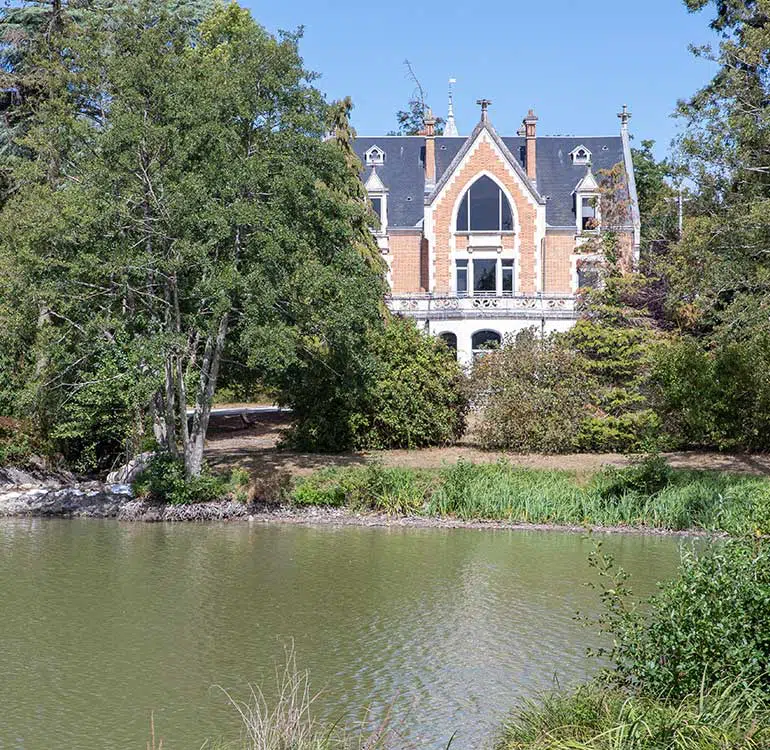
Saran
Saran too lies on the edge of Orleans Forest, close to the Beauce region. Every summer, the village puts on Cyclospectacle, a tour of the city with live performances thrown in, all viewed from the comfort of your saddle! Led by guides on bikes, you and your family will love discovering sites and districts around the town with original entertainment provided en route!
West of Orleans
Ormes
Ormes is a village in northeast Orléans Métropole. One of its main attractions is the Maison de la Polyculture. This museum recounts the village’s agricultural past through displays of old tools that shine a light on agricultural labour during the 19th and 20th centuries.
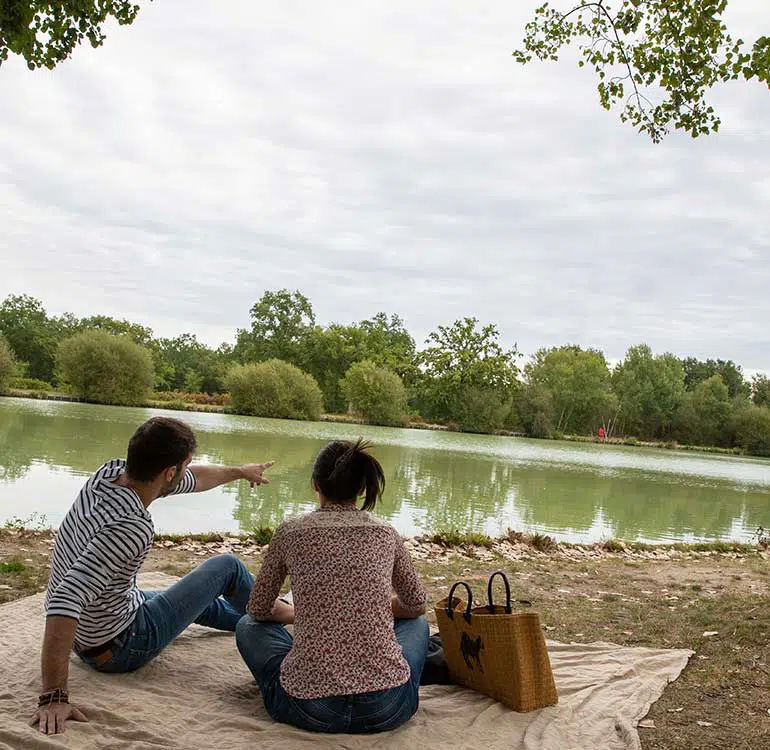
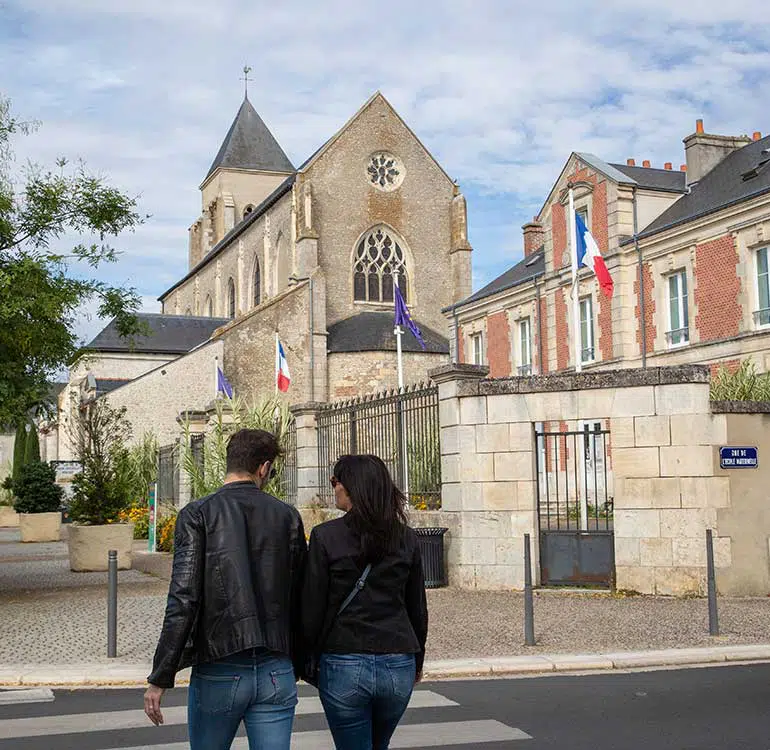
Ingré
In the far western corner of Orléans Métropole, Ingré is the perfect destination to get a breath of fresh air along either of its stunning hiking trails. The Bel Air trail will take you through some of the finest scenery in the region. As the 1.8 km loop winds through the area of Queues-de-Forêt, sights include vineyards, a traditional winegrower’s house and the famous ‘blue stone’. More hardened hikers can extend the walk by adding on the longer Bernard-Janvier trail (9 or 14 km).
Saint-Jean-de-la-Ruelle
Set on the north bank of the royal river, Saint-Jean-de-la-Ruelle hosts an annual 2-day music festival, Le Grand Unisson. In mid-June, 12,000 revellers flock to the village for 14 free concerts. One of the biggest music events in the Centre-Val de Loire region.
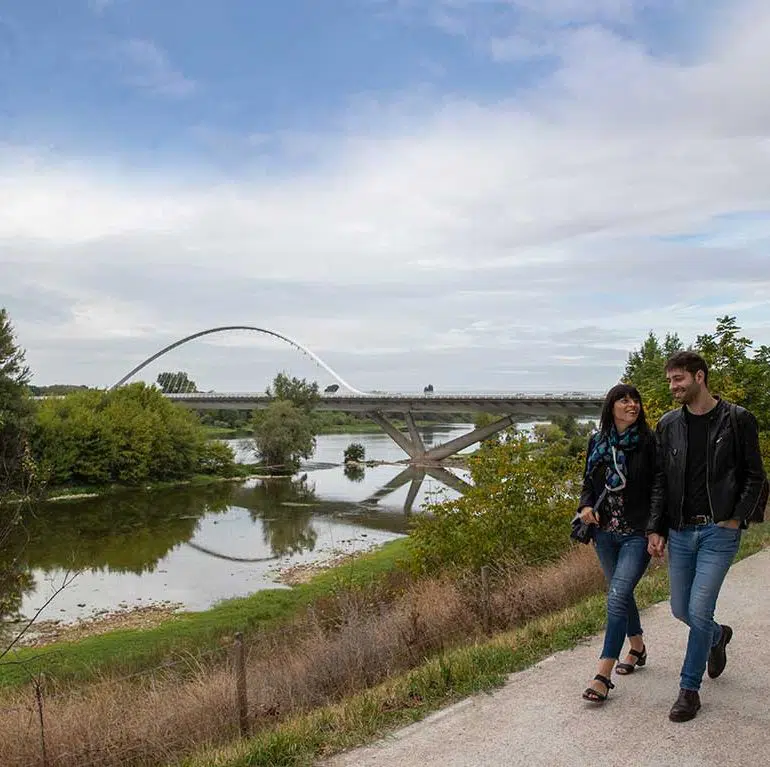
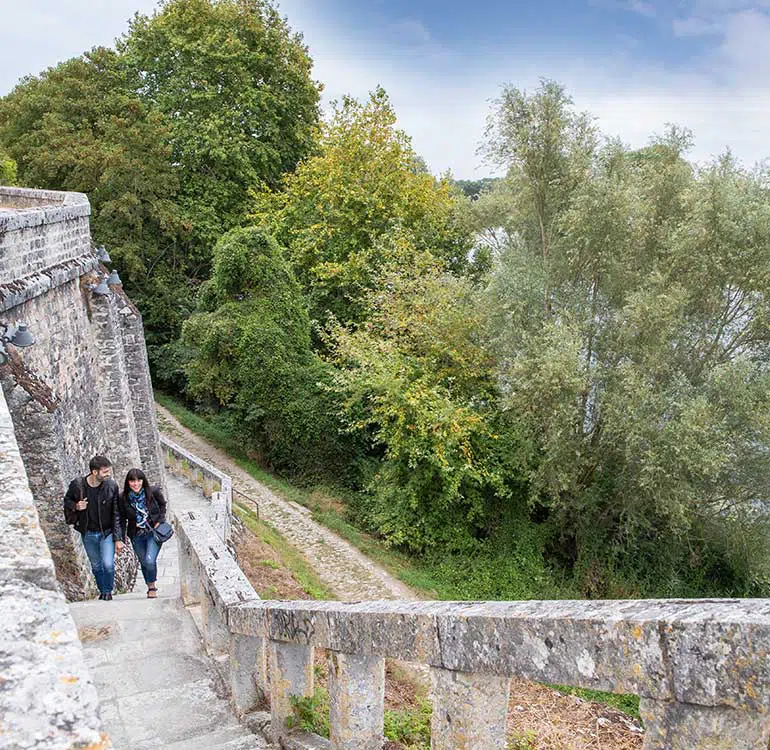
La Chapelle-Saint-Mesmin
Admire the beauty of the Loire countryside in La Chapelle-Saint-Mesmin. Stunning strolls await you on the five kilometres of paths along the banks of the Loire river! Visiting with friends or family ? Head to the nearby Parc de la Solitude. The well-tended park is an ideal place to relax.
Saint-Pryvé-Saint-Mesmin
Saint-Pryvé-Saint-Mesmin is set on the Loire, just where the river and one of its tributaries, the Loiret, meet. Looking for fresh air and a change of scenery? Look no further than the Saint-Mesmin nature reserve and in particular Pointe de Courpain. This alluvial forest spread over 13 hectares is the beautiful result of successive Loire flooding over time.
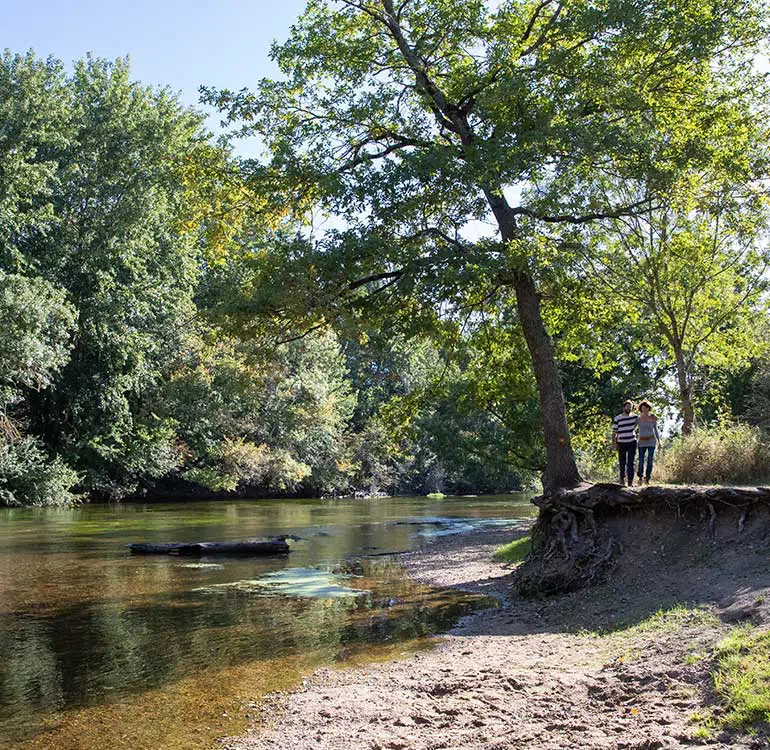
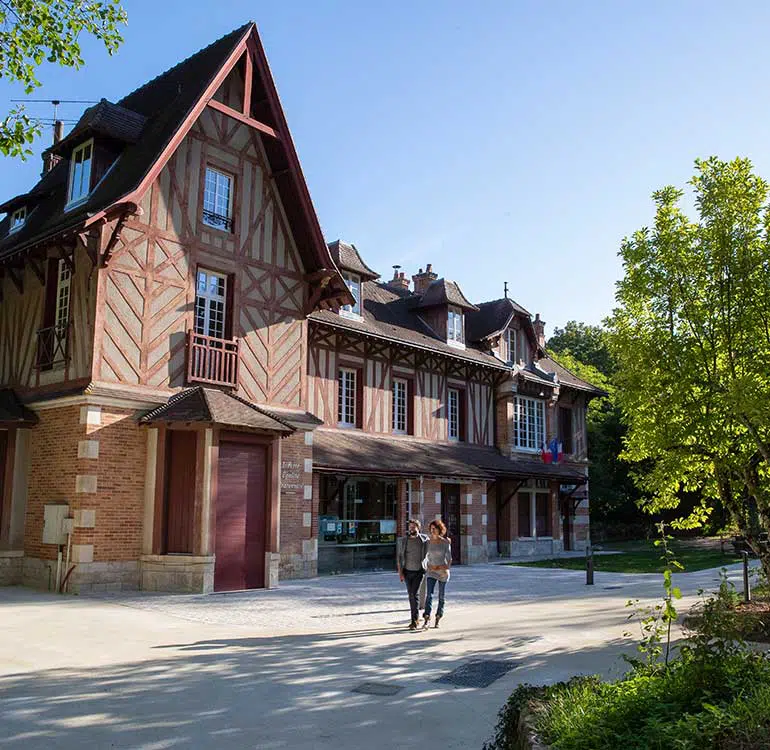
Saint-Hilaire-Saint-Mesmin
Saint-Hilaire-Saint-Mesmin is a leafy village situated between Loiret and Sologne. The Pierre du Duc, or ‘Duke’s Stone’ is one landmark to look out for on your walk. To some it’s just a rock, while to history buffs it’s an important part of the village’s past. It was at the ‘Pierre du Duc’ that French soldier and nobleman François de Guise was shot in the back. This was on 18 February 1563, when the religious wars between Catholics and Protestants were raging.
